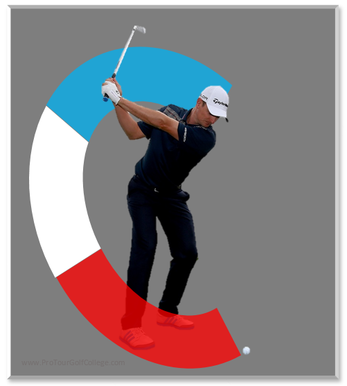 Golfers who are trying to perform a mechanical motion are often fragmenting learning to swing the club and play golf. This is similar to students who are taking in information to give back on a test, without gaining any personal meaning for using the information beyond a classroom. Two questions that the brain will ask before new learning is stored are: 1) Does this information make any sense? 2) And does it have any meaning? Sense and meaning are independent of each other. A playful approach to learning can provide insights for making sense and gaining meaning. Our past experiences give meaning to new learning, and meaning is more significant than sense. Often information can make sense, but has little meaning for future use, in the present environment. For example, knowing a word is not the same as understanding its meaning, and also having the ability to use it in several contexts with knowledge of meaning. In play-to-learn environments, givers of information are influencing the learning process and are not just dispensing facts. In teaching fixing to get it right environments this often is not the case. 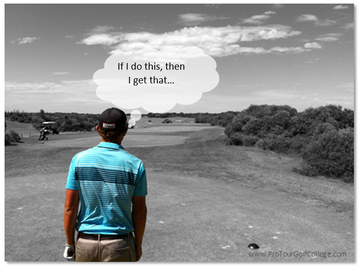 One of the brain’s most important skills is making predictions. If this, then that! Efficient approaches to learning enhances the brains power of prediction and also the skill of self-reliance for responding to future events in ever changing environments. Playful approaches to learning unconsciously evaluate what individuals need to make themselves aware of. Information that the brain can use to make predictions and decisions with is more useful than technical information that cannot be used for these acts. Therefore...
Trying to be correct or be exact is often at the cost of playful application, playful usefulness and playful accessibility. A playful approach to progress is trying to accomplish the next thing, it’s not trying to fix what just happened! NOTE: Janet Rae Dupree (NY Times 5-4-08) “Don’t bother trying to kill off old habits, once those ruts of procedures are warn into the brains hippocampus they are there to stay, sustained. Any new habit we engrave into ourselves creates parallel pathways that can bypass those old roads.” “The first thing needed for innovation is a fascination with wonder. But we are taught instead "to decide" (make a choice). To decide is to kill off all possibilities but one. A good innovator is always exploring the many other possibilities.” (Author of Open Mind) 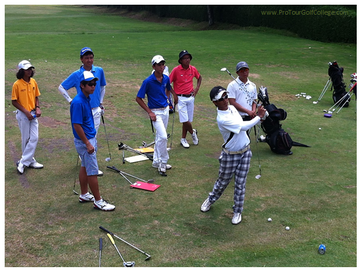 Some have called playful learning anti-intellectual, but it is true critical thinking or problem solving at its best. Getting caught up in details and a volume of information can cause one to lose sight of their relationship to past experiences, other ideas and patterns. “Too much information? Ignore it" was the title of a story in the NY Times (11-11-07) about how information overload is slowing down maximizing personal production. Golfers should also take note! One of the aims of play-to-learn environments is to prepare individuals for using adaptations of basic core information in ever changing real world conditions. Play to learn environments enhance an individual’s ability to extend what has been learned in one context to many different environments. NOTE: Playful learning environments will broadly educate individuals; they are not training them to perform perfectly. “It would be a mistake to expose individuals to an expert model and assume that they will learn efficiently.” (P50 How People Learn) Play-to-learn environments are more about seeing options, and random probing, than performing perfectly. Attempts to explain details can limit progress with insensitivity to the power of a variety of conceivable random approaches. 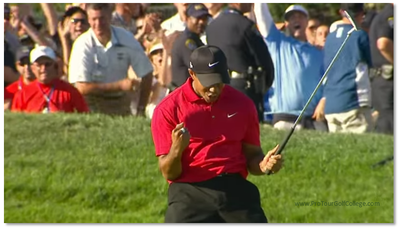 Minds in motion are at the core of learning that lasts. Often the villain is micro management of positions and parts, and moving away from the whole. Becoming an educated golfer (or educated in anything) is less about knowing the details of a peculiar skill or fact, than about being able to find your own way of creating workable outcomes by using just basic core information. Tiger Woods won the 2008 US Open by adjusting and creating workable, not perfect outcomes, with the playful self-skills he came to golf with as a young child. It seems that today’s approach to golf instruction is grounded in a culture of teaching “a swing,” and not a variety of ways to use a golf club. Two opposing questions could be asked;
Playing to learn environments equip golfers to be consistently creative with their golf club. By Michael Hebron PGA MP CI 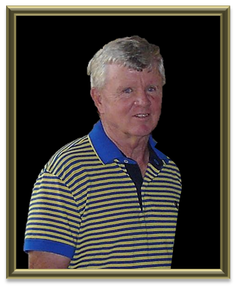 Michael Hebron PGA Master Professional Michael Hebron PGA Master Professional Decades ago Michael Hebron played a key role in orchestrating the first PGA Teaching and Coaching Seminar, bringing together instructors from across the country to share ideas on teaching methods. Following that event, Michael gained the nickname of "the teacher's teacher". Highly respected throughout the international golf community, Michael consults on golf instruction to PGA Switzerland, Italy, France, Finland, Canada, Japan and Sweden. He has given instruction clinics at 30 PGA of America sections. Through his dedication Michael earned the honored status of becoming the 24th PGA of America Master Professional. His book, See and Feel the Inside Move the Outside, was the first golf instruction book accepted as a PGA Master’s thesis. Since then, he has written hundreds of articles for leading golf magazines and authored 4 other books and 3 DVDs. Michael has appeared on The Charley Rose Show, Today Show, The Golf Channel and numerous local cable shows. Golf Magazine and Golf Digest have consistently named Hebron as a member (since their first listings) of America’s Top 50 Instructors. Over the years, Hebron has worked with many successful golfers from the PGA and LPGA tours and several national champions in America and abroad including three time men's major winners. He has also worked with many successful high school and college golfers—but Michael’s pride is working with club golfers. You can contact Michael through his newly updated website at http://www.michaelhebron.com/ or through his Facebook page at https://www.facebook.com/neurolearninggolf.live Comments are closed.
|
Archives
June 2019
|
Proudly Supported By
Copyright © 2011 - 2018 Pro Tour Golf College
Website Managed By Golf Performance Media
All Rights Reserved
Website Managed By Golf Performance Media
All Rights Reserved
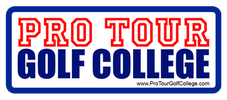
 RSS Feed
RSS Feed



